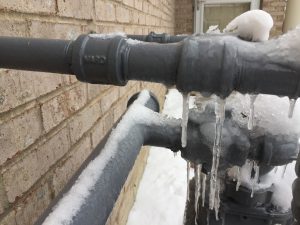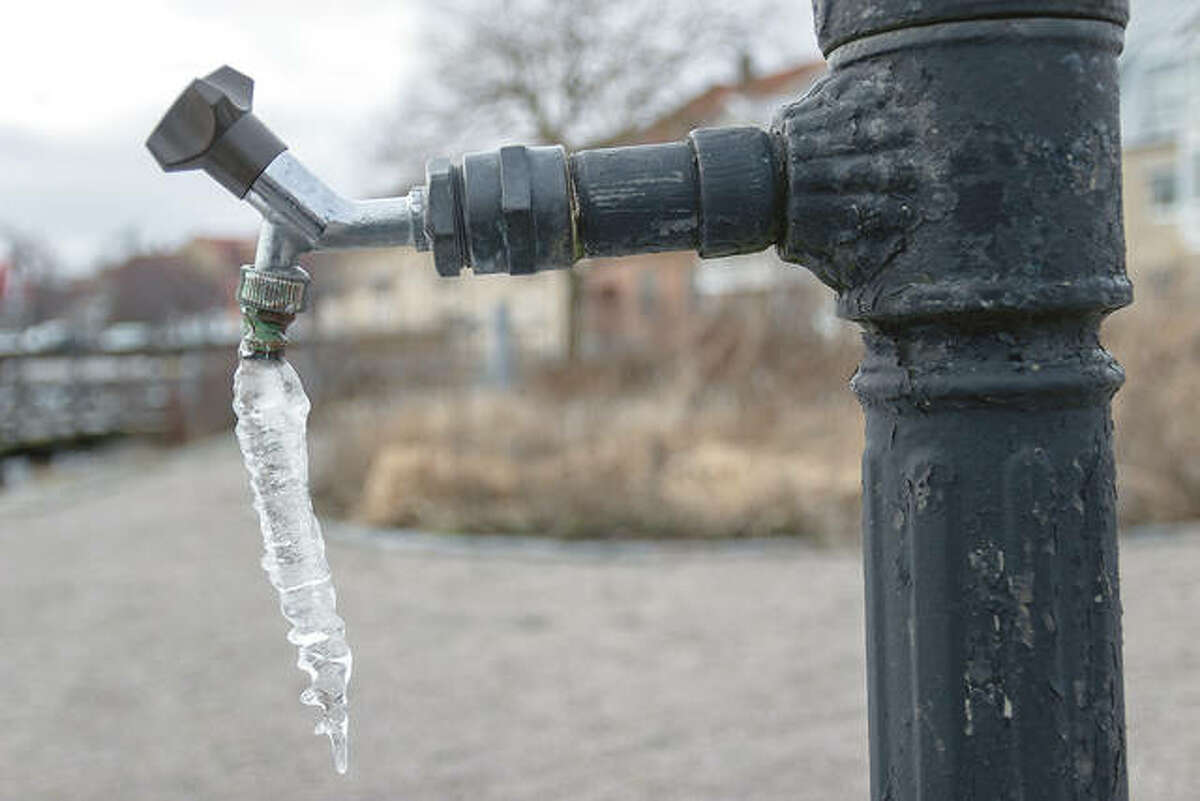Are you currently looking for tips about Winter Plumbing Precautions: Preventing Frozen Pipes?

Winter can damage your plumbing, specifically by freezing pipes. Below's exactly how to avoid it from occurring and what to do if it does.
Introduction
As temperature levels decrease, the danger of frozen pipelines increases, potentially causing pricey repairs and water damage. Understanding exactly how to stop frozen pipelines is critical for property owners in cool environments.
Prevention Tips
Protecting prone pipelines
Cover pipelines in insulation sleeves or utilize heat tape to shield them from freezing temperatures. Concentrate on pipelines in unheated or external areas of the home.
Home heating strategies
Keep interior spaces appropriately heated, especially locations with pipes. Open up cabinet doors to permit warm air to circulate around pipelines under sinks.
Just how to identify frozen pipes
Look for decreased water flow from faucets, uncommon smells or noises from pipelines, and visible frost on exposed pipelines.
Long-Term Solutions
Architectural changes
Think about rerouting pipelines away from outside walls or unheated areas. Add additional insulation to attic rooms, cellars, and crawl spaces.
Updating insulation
Purchase high-grade insulation for pipelines, attics, and wall surfaces. Correct insulation helps preserve regular temperatures and lowers the risk of icy pipes.
Shielding Outside Plumbing
Yard pipes and exterior faucets
Disconnect and drain yard hose pipes before winter. Set up frost-proof spigots or cover exterior faucets with shielded caps.
Recognizing Frozen Pipes
What causes pipelines to freeze?
Pipelines freeze when subjected to temperatures below 32 ° F (0 ° C) for prolonged periods. As water inside the pipes ices up, it expands, putting pressure on the pipeline walls and possibly causing them to break.
Dangers and damages
Icy pipelines can result in water system disturbances, residential or commercial property damage, and expensive repair services. Burst pipes can flooding homes and cause extensive architectural damages.
Indications of Frozen Piping
Recognizing icy pipes early can prevent them from bursting.
What to Do If Your Pipelines Freeze
Immediate actions to take
If you think icy pipes, maintain taps open to relieve pressure as the ice thaws. Utilize a hairdryer or towels taken in warm water to thaw pipes slowly.
Conclusion
Preventing frozen pipes calls for proactive actions and quick actions. By understanding the reasons, signs, and preventive measures, house owners can secure their pipes throughout cold weather.
5 Ways to Prevent Frozen Pipes
Drain Outdoor Faucets and Disconnect Hoses
First, close the shut-off valve that controls the flow of water in the pipe to your outdoor faucet. Then, head outside to disconnect and drain your hose and open the outdoor faucet to allow the water to completely drain out of the line. Turn off the faucet when done. Finally, head back to the shut-off valve and drain the remaining water inside the pipe into a bucket or container. Additionally, if you have a home irrigation system, you should consider hiring an expert to clear the system of water each year.
Insulate Pipes
One of the best and most cost-effective methods for preventing frozen water pipes is to wrap your pipes with insulation. This is especially important for areas in your home that aren’t exposed to heat, such as an attic. We suggest using foam sleeves, which can typically be found at your local hardware store.
Keep Heat Running at 65
Your pipes are located inside your walls, and the temperature there is much colder than the rest of the house. To prevent your pipes from freezing, The Insurance Information Institute suggests that you keep your home heated to at least 65 degrees, even when traveling. You may want to invest in smart devices that can keep an eye on the temperature in your home while you’re away.
Leave Water Dripping
Moving water — even a small trickle — can prevent ice from forming inside your pipes. When freezing temps are imminent, start a drip of water from all faucets that serve exposed pipes. Leaving a few faucets running will also help relieve pressure inside the pipes and help prevent a rupture if the water inside freezes.
Open Cupboard Doors
Warm your kitchen and bathroom pipes by opening cupboards and vanities. You should also leave your interior doors ajar to help warm air circulate evenly throughout your home.

I am just very intrigued by How To Avoid Freezing Pipes and I am assuming you enjoyed my page. Kindly take a moment to share this entry if you appreciated it. Thanks so much for your time invested reading it.
Click Here
Comments on “Tips to Defend Pipes from Freezing: Professional Guidance”